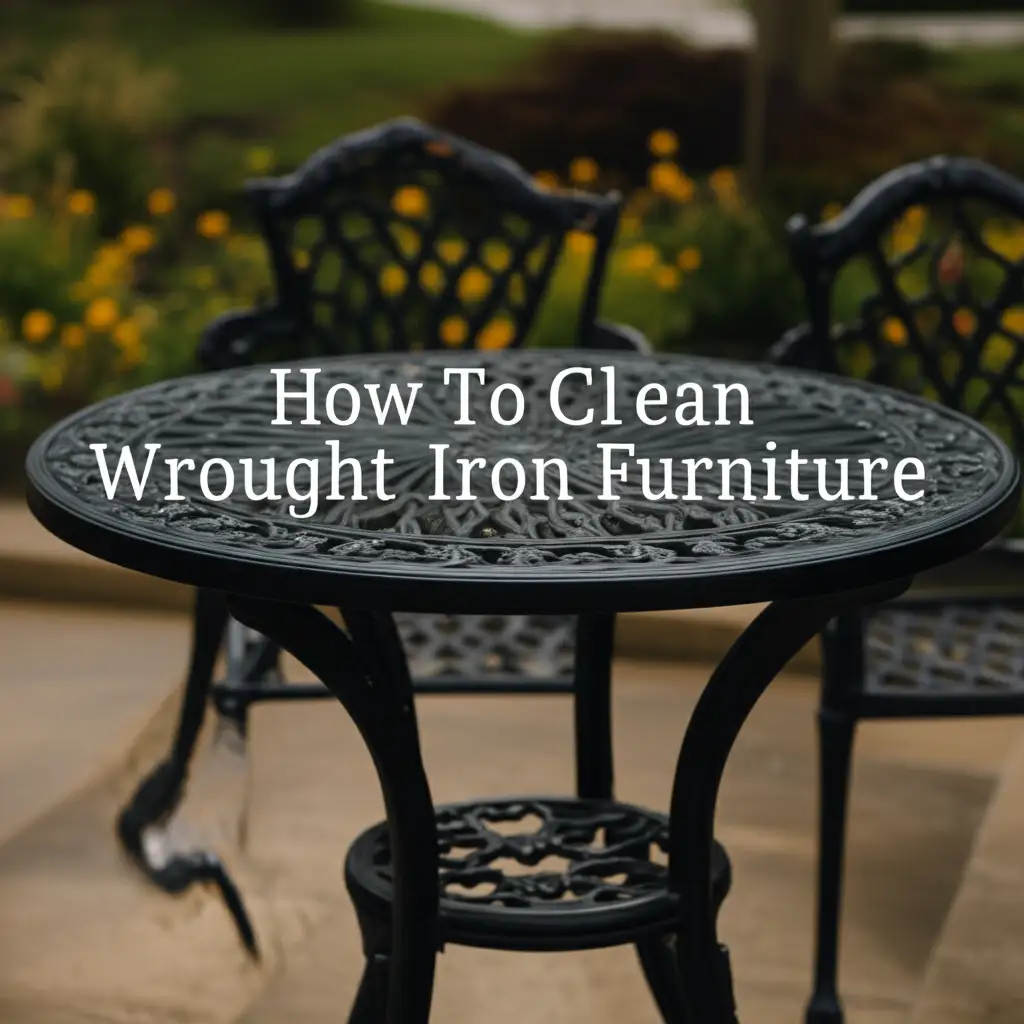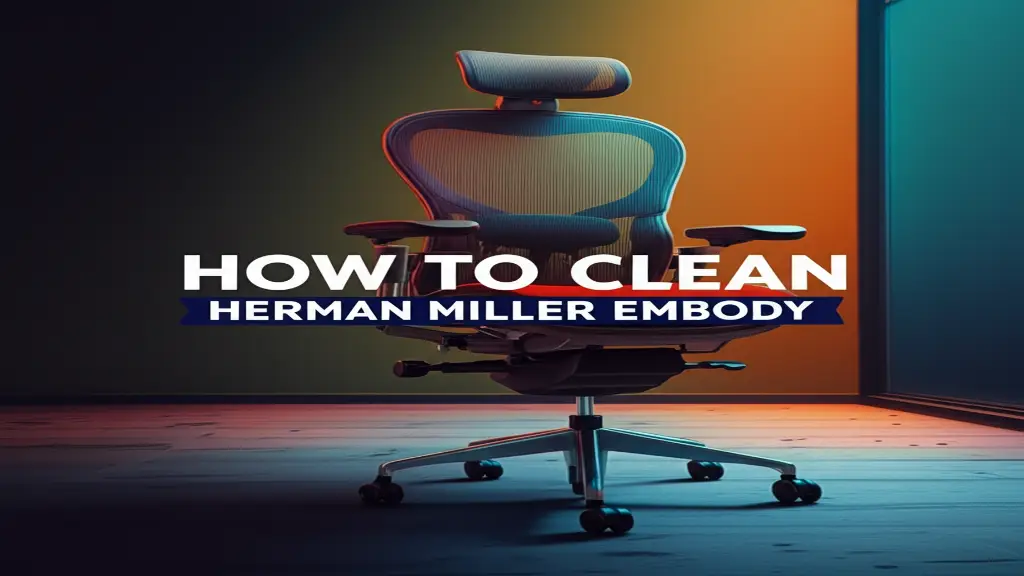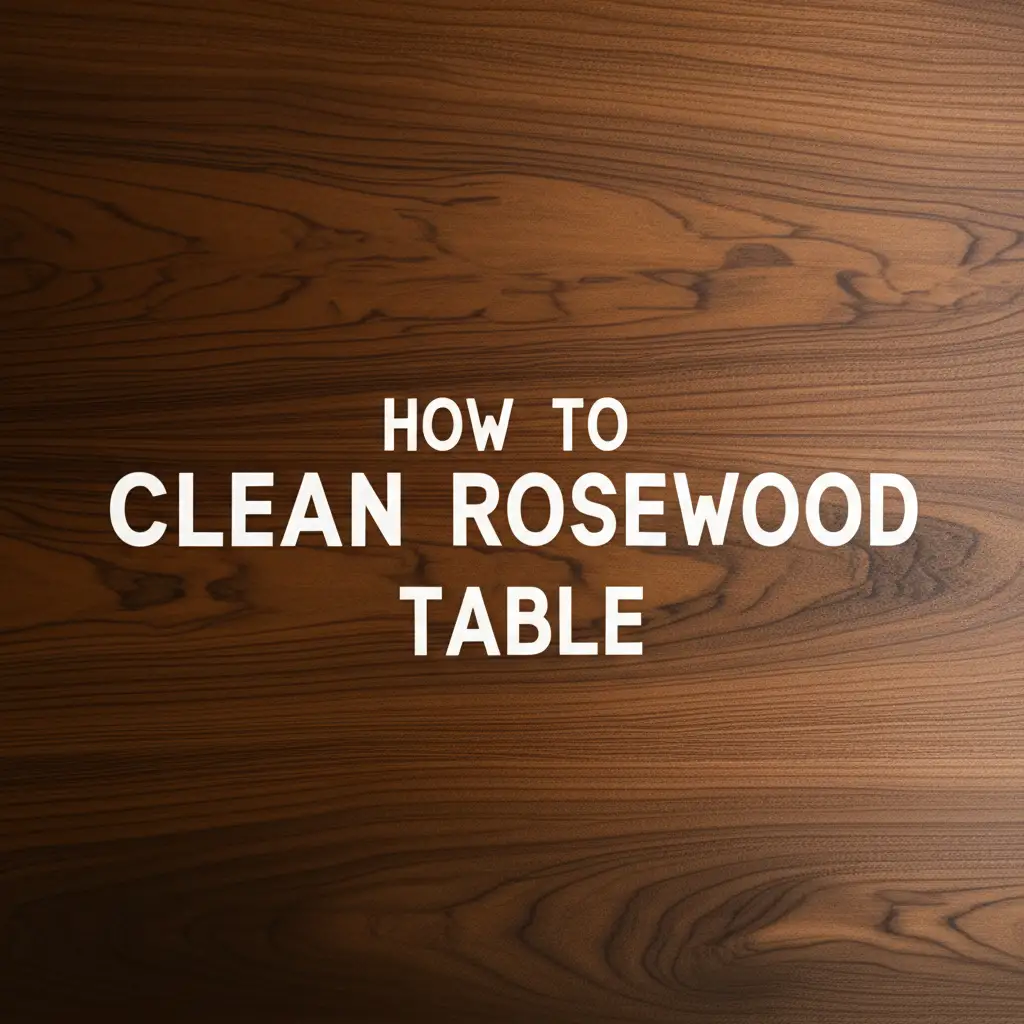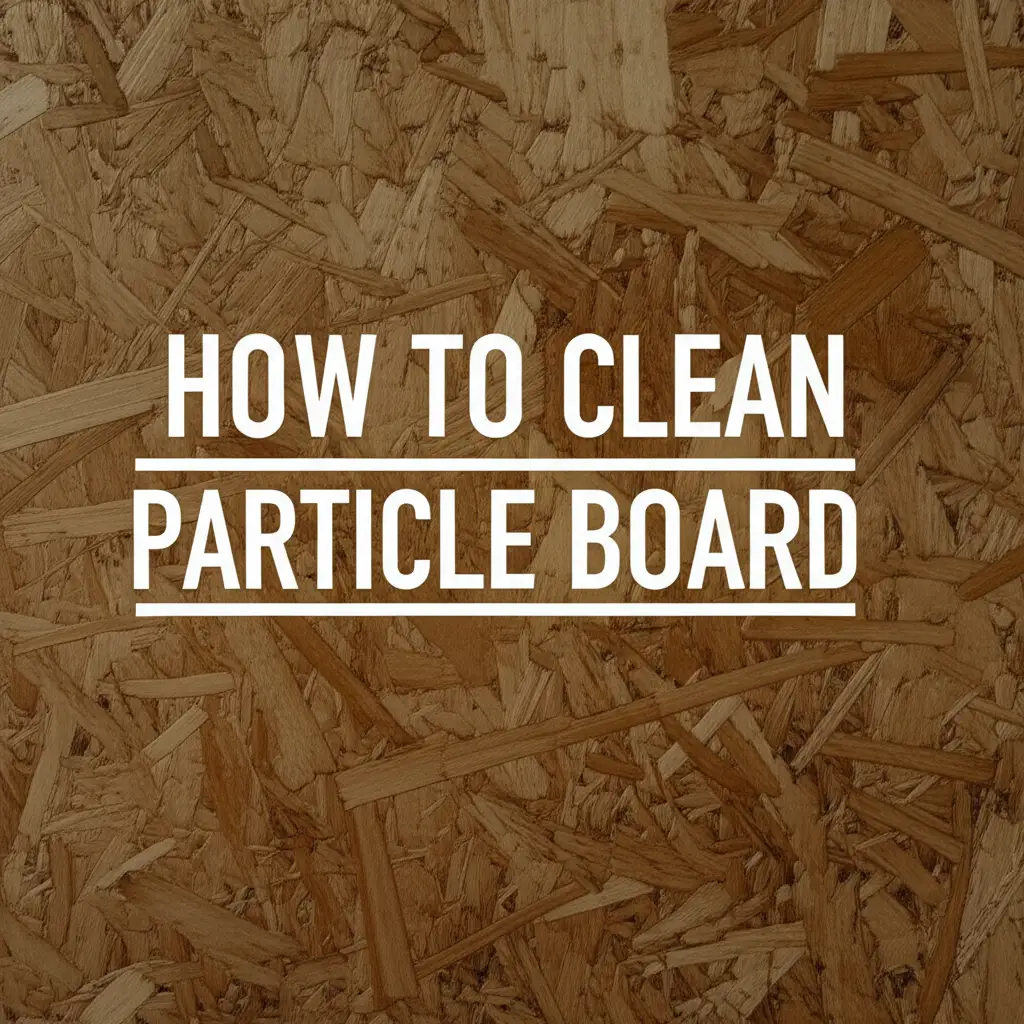· Furniture Care · 14 min read
How To Clean Wrought Iron Furniture

How to Clean Wrought Iron Furniture for Lasting Beauty
Wrought iron furniture adds classic charm to any space. Its robust nature makes it popular for both indoor and outdoor use. However, these pieces still need regular cleaning. Proper care prevents rust and maintains their elegant appearance. Knowing how to clean wrought iron furniture correctly extends its lifespan.
I often see beautiful wrought iron pieces looking neglected. Dirt, grime, and rust can quickly accumulate, especially outdoors. This article will guide you through simple steps to restore your furniture’s beauty. We will cover basic cleaning, rust removal, and important protective measures. You will learn easy ways to keep your wrought iron looking new for years.
Takeaway
Keeping your wrought iron furniture clean is straightforward. Follow these key steps for lasting beauty:
- Gather all necessary cleaning supplies before you begin.
- Start with a gentle wash using mild soap and water to remove surface dirt.
- Address rust spots promptly with a wire brush and rust-inhibiting primer.
- Protect your furniture with a new coat of paint or sealant after cleaning.
- Implement a regular maintenance schedule to prevent heavy buildup.
Cleaning wrought iron furniture involves a gentle wash with mild soap and water to remove surface dirt, followed by thorough drying. For rust, use a wire brush and apply a rust-inhibiting primer before repainting for protection.
Gather Your Essential Cleaning Supplies
Before you start cleaning your wrought iron furniture, gather the right tools. Having everything ready saves time and effort. You need basic items for general cleaning and specific tools for rust. A well-prepared approach ensures good results.
Start with a bucket of warm water and a mild dish soap. Avoid harsh chemicals as they can damage the finish. You will also need a soft cloth or sponge for wiping surfaces. For tighter spots, a soft-bristle brush works well.
For rust removal, you will need a few more specialized items. A wire brush is good for scraping off loose rust. Fine-grit sandpaper or steel wool helps with tougher spots. Safety goggles and gloves protect your hands and eyes. Consider a rust-inhibiting primer and outdoor metal paint for a lasting finish.
- General Cleaning:
- Bucket
- Warm water
- Mild dish soap (e.g., dishwashing liquid)
- Soft cloth or sponge
- Soft-bristle brush (for crevices)
- Old towels or rags for drying
- Rust Removal & Protection:
- Wire brush
- Fine-grit sandpaper (150-220 grit)
- Steel wool (optional, for stubborn rust)
- Safety goggles
- Rubber gloves
- Rust-inhibiting primer
- Outdoor metal paint or clear sealant
- Paintbrush or spray paint
Having these supplies ready makes the cleaning process smooth. It helps you address various issues efficiently. Proper preparation leads to better outcomes for your wrought iron pieces.
Basic Cleaning Steps: Washing Away Dirt and Grime
Once you have your supplies, you can start the basic cleaning process. This step removes everyday dirt, dust, and pollen. It prepares the surface for deeper cleaning or rust treatment. Regular basic cleaning keeps your wrought iron looking fresh.
First, wipe down the furniture with a dry cloth. This removes loose debris. You want to get rid of any surface dust before wetting the furniture. This prevents mud from forming.
Next, mix mild dish soap with warm water in your bucket. Dip your soft cloth or sponge into the soapy water. Gently wipe all surfaces of the wrought iron furniture. For intricate designs or tight spots, use a soft-bristle brush. Scrub lightly to loosen any stuck-on dirt. Do not press too hard.
After scrubbing, rinse the furniture thoroughly with clean water. You can use a garden hose on a gentle setting. Ensure all soap residue washes away. Leftover soap can attract more dirt later. Finally, dry the furniture completely with clean towels. Letting it air dry can cause water spots or new rust. This simple wash makes a big difference in appearance. This method also works well for cleaning general outdoor furniture. Learn how to clean outdoor furniture covers.
- Step-by-Step Basic Cleaning:
- Remove Loose Debris: Use a dry cloth to wipe away dust and light dirt from all surfaces.
- Prepare Cleaning Solution: Mix a few drops of mild dish soap into a bucket of warm water.
- Wash Furniture: Dip a soft cloth or sponge into the soapy water. Wipe down the entire furniture piece. Use a soft-bristle brush for crevices.
- Rinse Thoroughly: Use a garden hose with a gentle spray or fresh water and a clean cloth to rinse off all soap residue.
- Dry Completely: Dry the wrought iron furniture immediately and thoroughly with clean, dry towels. Do not let it air dry.
This basic cleaning should be part of your routine maintenance. It prevents dirt from hardening and becoming difficult to remove. A clean surface is the first step to maintaining beautiful wrought iron.
Tackling Rust: Restoring Wrought Iron’s Finish
Rust is a common problem for wrought iron, especially outdoors. It forms when iron comes into contact with moisture and oxygen. Addressing rust quickly prevents further damage and restores the furniture’s appearance. Ignoring rust can lead to structural weakness over time.
Begin by scraping off any loose or flaky rust with a wire brush. Apply firm, even pressure. This removes the surface layer of corrosion. For stubborn rust spots, use fine-grit sandpaper or steel wool. Rub the affected areas until the rust is gone and the metal is smooth. Remember to wear safety goggles and gloves to protect yourself from rust particles. This step is similar to how you might clean rust from cast iron. Read more on how to clean rust from cast iron.
After removing the rust, clean the area with a damp cloth to remove dust and debris. Let the area dry completely. Apply a rust-inhibiting primer to all areas where rust was removed. This primer creates a barrier and prevents new rust from forming. Allow the primer to dry according to the product instructions.
Finally, apply a coat of outdoor metal paint over the primed areas. Choose a color that matches your furniture or a new color for a fresh look. A clear sealant can also protect the metal. This final step protects the metal and makes your wrought iron look new again. Proper application ensures the finish lasts.
- Rust Removal Process:
- Scrape Loose Rust: Use a wire brush to remove all loose and flaky rust.
- Sand Stubborn Rust: Use fine-grit sandpaper (150-220 grit) or steel wool to rub away remaining rust until the metal is smooth.
- Clean and Dry: Wipe the cleaned area with a damp cloth to remove all dust, then let it dry completely.
- Apply Primer: Apply a rust-inhibiting primer to all exposed metal surfaces where rust was removed. Let it cure.
- Paint or Seal: Apply at least two coats of outdoor metal paint or a clear protective sealant. Allow each coat to dry fully.
This detailed approach will bring your rusty wrought iron furniture back to life. It ensures the metal remains protected from future corrosion.
Dealing with Mold and Mildew: Keeping Wrought Iron Healthy
Wrought iron furniture, especially outdoor pieces, can develop mold or mildew. These fungi thrive in damp, shady conditions. They appear as black, green, or white spots on the surface. Mold and mildew not only look unsightly but can also damage finishes over time.
To remove mold and mildew, you can use a simple solution. Mix equal parts white vinegar and water in a spray bottle. Vinegar is a natural fungicide and mold killer. Spray the solution directly onto the affected areas. Let it sit for about 15-20 minutes. This allows the vinegar to break down the mold and mildew. This method is also useful for various other cleaning tasks. For instance, learn how to clean stuck-on cast iron with similar gentle approaches.
After the solution has sat, scrub the areas with a soft-bristle brush or sponge. Apply gentle pressure to remove all traces of mold. For tough spots, a little baking soda sprinkled on the brush can add abrasive power. Once clean, rinse the furniture thoroughly with clean water. Make sure no vinegar or mold residue remains.
Finally, dry the furniture completely with clean towels. Proper drying prevents new mold growth. For outdoor furniture, consider moving it to a sunny spot to aid drying. Regular cleaning and ensuring good air circulation help prevent mold and mildew from returning. This keeps your wrought iron furniture looking clean and healthy.
- Mold and Mildew Removal Steps:
- Prepare Solution: Mix equal parts white vinegar and water in a spray bottle.
- Apply Solution: Spray the vinegar solution directly onto moldy or mildewed areas. Let it sit for 15-20 minutes.
- Scrub Clean: Scrub the affected areas with a soft-bristle brush or sponge until all mold is gone.
- Rinse Thoroughly: Rinse the furniture with clean water to remove all traces of the cleaning solution and mold.
- Dry Completely: Dry the furniture immediately and completely with clean towels. Ensure no moisture remains.
Maintaining a dry environment for your wrought iron furniture is key. This prevents mold and mildew from becoming a recurring issue.
Protecting Your Wrought Iron: Preventing Future Damage
Cleaning wrought iron is important, but protection is equally crucial. After you clean your furniture, take steps to prevent future damage. Proper protection extends the life and beauty of your pieces. This reduces the frequency of major cleaning efforts.
Consider applying a protective coating. A clear outdoor metal sealant or a fresh coat of outdoor metal paint works well. These products create a barrier against moisture and air. This barrier prevents rust and protects against UV damage. If your furniture is painted, touching up chipped areas is also important. Exposed metal can quickly rust.
For painted wrought iron, choose a good quality exterior metal paint. Apply it evenly after priming any bare spots. Follow the paint manufacturer’s instructions for best results. For unpainted wrought iron, a clear sealant provides protection while maintaining the natural look. There are many options for protecting metal. For example, explore tips on how to clean cast aluminum patio furniture as they also rely on protective finishes.
- Protective Measures:
- Apply Sealant or Paint: After cleaning and rust treatment, apply a protective clear sealant or outdoor metal paint.
- Touch Up Chips: Immediately touch up any chipped or scratched paint areas to prevent rust from forming.
- Use Furniture Covers: When not in use, especially during harsh weather, cover outdoor wrought iron furniture.
- Elevate Furniture: Place furniture on coasters or furniture glides to prevent direct contact with damp ground.
- Store Indoors: During winter or extended periods of non-use, store outdoor wrought iron furniture in a dry, covered area.
Proper protection is an investment in your furniture’s longevity. It keeps your wrought iron looking its best with minimal effort. This proactive approach saves time and money in the long run.
Advanced Cleaning Tips: Reviving Heavily Soiled Pieces
Sometimes, wrought iron furniture faces severe neglect. It might have layers of caked-on dirt, heavy rust, or deeply embedded grime. Basic cleaning methods may not be enough for these heavily soiled pieces. You need a more aggressive approach to revive them.
For stubborn dirt, a pressure washer can be effective. Use a low-pressure setting and a wide spray nozzle. Keep the nozzle a safe distance from the furniture to avoid paint damage. This method quickly removes loose dirt and debris. Always test a small, inconspicuous area first. This ensures the pressure does not strip the paint or finish.
When dealing with significant rust, chemical rust removers are an option. These products dissolve rust without heavy scrubbing. Follow the product instructions carefully, and wear appropriate safety gear. Apply the remover, let it sit, then rinse thoroughly. Ensure complete rinsing to prevent new corrosion. After using a chemical remover, you must prime and paint the metal. This ensures proper protection.
- For Heavy Dirt and Grime:
- Pressure Washing: Use a low-pressure setting on a pressure washer. Keep the nozzle several feet away from the furniture. Move steadily across surfaces to remove stubborn dirt.
- Stronger Soap Solution: Mix a slightly stronger solution of dish soap or use a specialized outdoor cleaner designed for metal. Test in a hidden spot first.
- For Extensive Rust:
- Chemical Rust Removers: Apply a commercial rust remover according to product directions. These solutions dissolve rust. Always wear gloves and eye protection.
- Power Tools: For very large areas of rust, consider using an orbital sander with a sanding disc or a wire wheel attachment on a drill. Use extreme caution and proper safety gear.
- For Burnt-On Residue:
- Scraping and Soaking: For tough, baked-on grime (similar to how one might clean burnt cast iron), try scraping gently with a plastic scraper. Then, apply a paste of baking soda and a little water, letting it sit to loosen the residue. You might find similar advice for how to clean burnt cast iron.
Always remember to rinse thoroughly after using any strong cleaners. Proper drying and reapplication of protective coatings are critical. This restores the integrity and appearance of severely damaged wrought iron. These advanced methods can truly transform old, neglected pieces.
Regular Maintenance Schedule: Keeping Wrought Iron Pristine
Maintaining a consistent cleaning schedule is key to preserving your wrought iron furniture. Regular care prevents serious issues like heavy rust or caked-on grime. It also means less intense cleaning sessions in the long run. A little effort often saves a lot of work later.
For outdoor wrought iron, aim for a basic wash every few months. This removes accumulated dirt, dust, and pollen. A quick wipe-down with mild soapy water is usually enough. During seasons of heavy use or harsh weather, increase the frequency. For example, after a dusty storm, a quick rinse can prevent dirt from settling.
Perform a more thorough inspection at least once or twice a year. Look for any signs of rust spots, chipped paint, or worn sealant. Address these issues immediately. Catching small problems early prevents them from becoming major repairs. You can easily touch up paint chips or reapply sealant as needed.
- Seasonal Maintenance (Every 3-4 months):
- Perform a basic wash with mild soap and water.
- Rinse and dry completely.
- Wipe away any loose dirt or spiderwebs.
- Annual Deep Clean & Inspection (Once a year, typically in spring or fall):
- Conduct a full deep clean, addressing any mold, mildew, or light rust.
- Inspect all joints and decorative elements for structural integrity.
- Touch up any chipped paint or apply new protective sealant.
- Consider tightening any loose bolts or screws.
- Post-Weather Event Check:
- After heavy rain, snow, or strong winds, quickly check your furniture.
- Wipe down any moisture and inspect for new damage or debris.
By following a simple routine, your wrought iron furniture will remain a beautiful part of your home or garden for many years. Consistent care makes a big difference in its appearance and longevity. It saves you time and effort from large cleaning projects.
FAQ Section
How often should I clean my outdoor wrought iron furniture?
You should perform a basic wash every few months, especially if it’s outdoors. A deeper clean and inspection for rust or damage should happen at least once or twice a year. During seasons of heavy use or after bad weather, clean more often. Regular cleaning prevents dirt and rust buildup.
Can I use a pressure washer on wrought iron furniture?
Yes, you can use a pressure washer, but use it with caution. Set the pressure washer to a low setting and use a wide spray nozzle. Keep the nozzle a safe distance from the furniture. Test a small, hidden area first. High pressure can chip paint or damage the finish.
What is the best way to prevent rust on wrought iron furniture?
To prevent rust, apply a rust-inhibiting primer to any bare metal spots. Follow with an outdoor metal paint or clear sealant. Ensure the furniture is always dry after cleaning or rain. Store outdoor pieces under cover or indoors during harsh weather. Regular touch-ups of chipped paint are also important.
Is vinegar safe to use on wrought iron?
Yes, a diluted vinegar solution is safe and effective for cleaning mold and mildew from wrought iron. Mix equal parts white vinegar and water. Rinse thoroughly with clean water after use. Always dry the furniture completely to prevent new moisture-related issues. Do not use full strength vinegar often.
What kind of paint should I use for wrought iron furniture?
Use a paint specifically designed for outdoor metal. Look for “rust-inhibiting” or “direct-to-metal” formulas. These paints offer good adhesion and protection against corrosion. Spray paint is often easiest for intricate designs. Apply two thin coats for better coverage and durability.
Can I leave wrought iron furniture outside all year?
While wrought iron is durable, leaving it exposed to harsh elements year-round can accelerate rust and wear. It is best to cover outdoor furniture when not in use. During winter or prolonged periods of extreme weather, storing it in a dry, covered area like a garage or shed will significantly extend its lifespan.
Conclusion
Cleaning wrought iron furniture does not have to be a difficult task. With the right tools and a little effort, you can maintain its classic beauty for many years. We explored everything from basic washes to tackling stubborn rust and preventing future damage. Remember that consistent care is the real secret. A quick wash and inspection can prevent many problems down the road.
I hope this guide gives you the confidence to care for your wrought iron pieces. Giving your furniture regular attention helps it remain a cherished part of your home. So, gather your supplies and give your wrought iron furniture the care it deserves. Its lasting charm will reward your efforts.
- Wrought Iron Cleaning
- Outdoor Furniture Care
- Rust Removal
- Metal Furniture Maintenance
- Patio Furniture Cleaning




